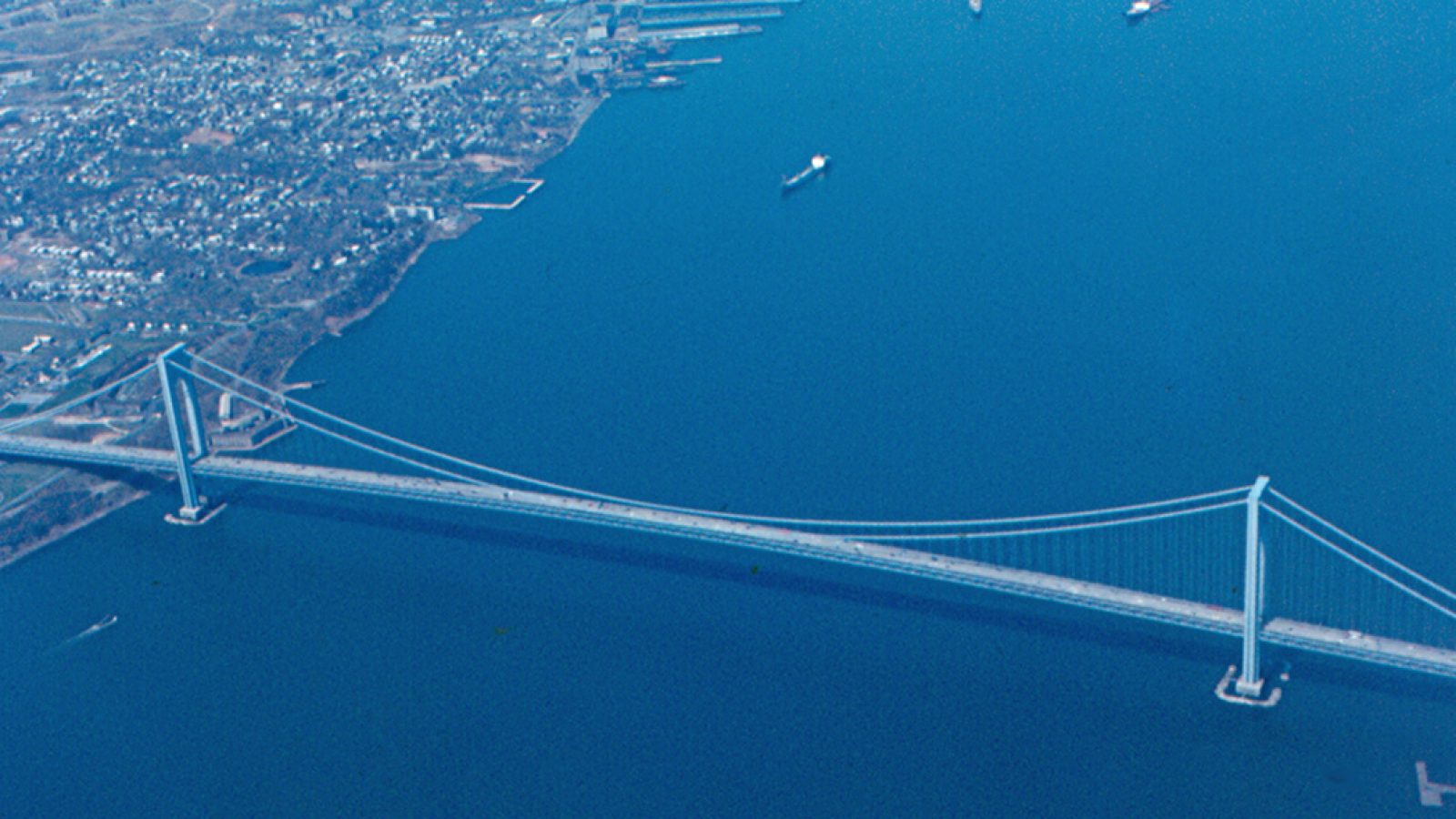It’s getting harder to dismiss all of these accidents and close calls as mere coincidences.
Just less than two weeks following the disaster at the Francis Scott Key Bridge in Baltimore, yet another container ship lost power while dangerously close to a bridge.
The latest incident occurred near New York City, where the massive APL QINGDAO container ship lost power near the Verrazzano-Narrows Bridge on Friday evening.
Three tug boats were brought in to assist the vessel while it regained propulsion.
The Coast Guard confirmed the incident occurred around 8:30 Friday night.
Is the timing of this latest near-accident simply a coincidence?
Massive container ship loses power near NYC’s Verrazzano Bridge days after Baltimore Key Bridge disaster https://t.co/XvTzJGFgco pic.twitter.com/bSBIbdX7bE
— New York Post (@nypost) April 7, 2024
The New York Post reported on the close call:
A massive container ship lost power in the waters around New York City and was brought to a rest near the Verrazzano-Narrows Bridge Friday night — less than two weeks after failure on another massive cargo vessel caused it to smash into Baltimore’s Francis Scott Key Bridge.
The US Coast Guard confirmed that its Vessel Traffic Service received a report that the 89,000-ton M/V Qingdao lost propulsion about 8:30 p.m. as it traversed Kill Van Kull waterway — the shipping lane between Staten Island and Bayonne, New Jersey.
An image shared on X by John Konrad, CEO of maritime-focused news outlet gCaptain, shows the 1,100-foot Qingdao floating uncomfortably close to the span that connects Brooklyn and Staten Island.
Last year it was train derailments, and now giant cargo ships seem to be at high risk.
What is going on in this country right now?
https://t.co/OO7T4cTfv3 pic.twitter.com/TwNcR8agUb
— John Ʌ Konrad V (@johnkonrad) April 7, 2024
This is getting a little too close for comfort…
A massive container ship reportedly lost power on the Upper New York Bay – just before the Verrazzano-Narrows Bridge connecting the New York City boroughs of Staten Island and Brooklyn, abruptly dropped anchor late Friday night — ZeroHedge pic.twitter.com/DanrluXUFx
— Julia 🇺🇸 (@Jules31415) April 7, 2024
NEWS: 🌉 Another ship loses power near a major bridge!
🔸 Following the MV Dali incident in Baltimore, the APL QINGDAO lost control near the Verrazano Narrows Bridge.
🔹 Theories abound online, but the cause remains a mystery. Are these accidents or something more sinister? pic.twitter.com/KFLfiY67xG
— Dr Vincent Sativa 🇺🇸 (@The_Weed_Shop) April 7, 2024
While some may ignore the fact that these incidents are becoming more common, its important to understand how many fail-safes are actually in place to help prevent such accidents from occurring.
If you are one of the few remaining cool aid drinkers who still believe the “official” story of the Baltimore Bridge was an accident, please look at the video below.
Even when a ship loses power it has a failsafe. pic.twitter.com/R99pi5XpxV
— It's us against them and we're the many. (@WeTheMany_) April 2, 2024
What is quite interesting about this story, is that the very same New York Post published an article last week discussing the potential vulnerability of the Verrazzano-Narrows bridge:
New York’s George Washington and Verrazzano-Narrows bridges are vulnerable to the same domino-effect catastrophic collapse that brought down the Francis Scott Key Bridge in Baltimore, a new analysis warns.
Officials had previously found that the Key Bridge was designed in such a way that if even a single steel component of the span failed, the entire structure could fail.
Indeed, when the massive Dali container ship struck one of the vertical supports last week, the whole 1.6-miles bridge crumbled into the Patapsco River.
At least 17,000 structures in the US have “fracture critical” construction like the Key Bridge did — among them some of the nation’s largest and most famous bridges, the Wall Street Journal reports, citing the Natation Transportation Safety Board.
I’ll say this again.
There are simply too many coincidences to dismiss these incidents…



Join the conversation!
Please share your thoughts about this article below. We value your opinions, and would love to see you add to the discussion!